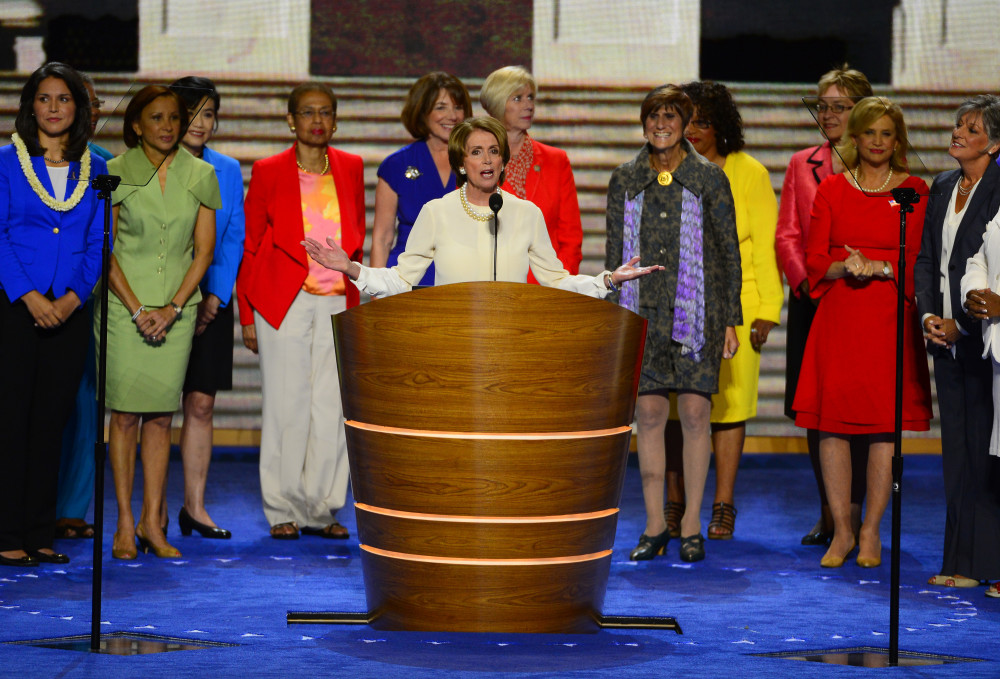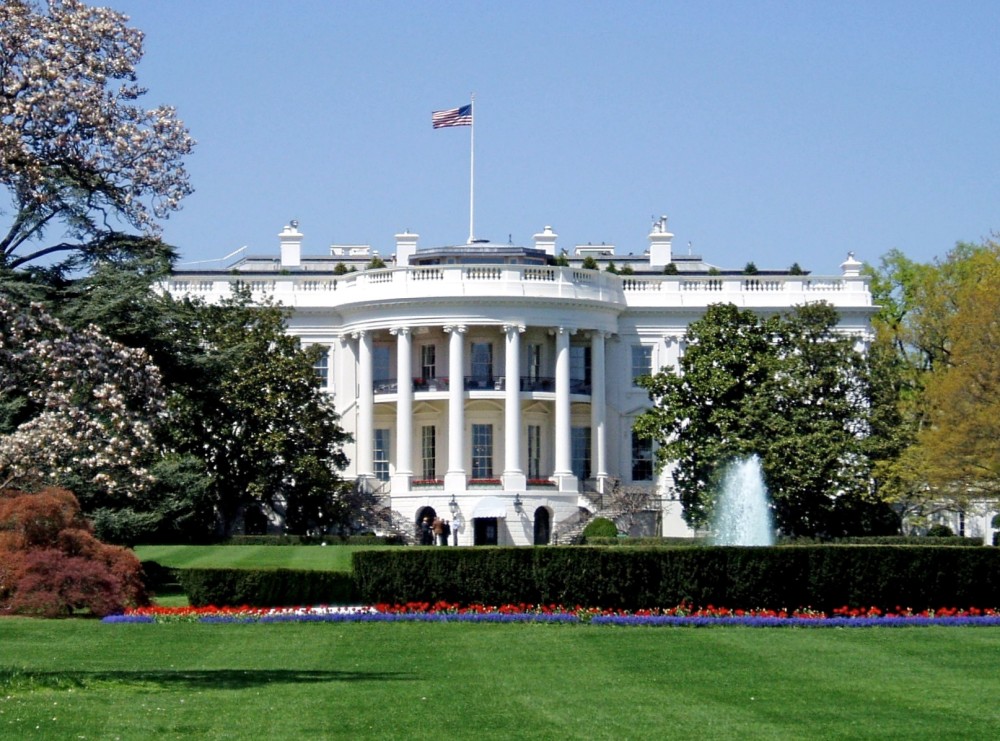By David Hawkings
CQ-Roll Call.
WASHINGTON
Almost every congressional campaign season opens with the potential for some political firsts. And, with just a few words uttered on the West Coast last week, this cycle has already made a bit of history and will have a shot at making even more.
For the first time, two women are alone as the main competitors to become the same political party’s Senate candidate of choice. That much was guaranteed with the decision by Rep. Loretta Sanchez to enter the race for California’s open seat, where her principal opponent will be another Democrat, state Attorney General Kamala Harris. And if Sanchez ends up the winner in November 2016, she would become the nation’s first Latina senator.
Breaking that representational barrier would arguably be the bigger deal. That’s because it would be a major milestone in the history of American Latinos, who have seen their political influence lag far behind their transformation of the nation’s demographics. (Sanchez is among the 7 million Hispanic women living in California, a number bigger than the entire populations of three-dozen different states.)
But her opportunity to become a national trailblazer is more than a year away and seems like a long shot, given Harris’ statewide voter base and substantial endorsements. (Her campaign rollout over the weekend was bumpy thanks to some awkward comments at the California Democratic convention about Native Americans that were dubbed racially insensitive.) For now, it’s sufficient to consider the important ways in which Sanchez fits in the current stories about women in both congressional politics and the congressional power dynamic.
There have only been 160 congressional elections out of tens of thousands (14 for Senate seats) where both major party nominees were female, according to the rich databases maintained by the Center for American Women and Politics at Rutgers University. Fifteen such contests were last fall.
The first was in 1944, when GOP Rep. Clare Boothe Luce won a close re-election race in Connecticut against Democratic attorney Margaret Connor. The vast majority since have been lopsided matchups between incumbents in safe seats and “sacrificial lamb” challengers. And none of the 44 women who have ever been senators, 20 of whom are on the job currently, got there after defeating another woman as the main rival in a primary.
That is what now looks highly likely to happen next year. Holding Barbara Boxer’s seat is a safe bet for the Democrats, and either Harris (who would be only the second African-American female senator) or Sanchez is expected to be on the general-election ballot. Given California’s system, in which all candidates run in one primary and the top two vote-getters meet again in the fall, no matter their party, there’s a chance both will be on the ballot in both June and November.
The 50-year-old Harris, in her fifth year as attorney general, is the choice of the party establishment.
buy neurontin generic buy neurontin online no prescription
Sanchez, 55, is positioning to run simultaneously as the outspoken political insurgent and the more experienced D.C. player and policymaker. “There are two kinds of candidates, those who want to be something and those who want to do something. I am running for Senate because I am a doer,” Sanchez said in her announcement speech.
Of the seven House members who have announced they’re making up-or-out bids for the Senate, she’s been in Congress the longest. After unseating a veteran Republican in one of the biggest upsets of 1996, Sanchez won nine more terms representing Orange County with ease and is now in her third year as the No. 2 Democrat on both the Armed Services and Homeland Security committees.
Those roles make her one of her party’s most prominent national security voices in the House, and an easy choice for inclusion on CQ Roll Call’s first list of the 25 most powerful women in Congress.
The project got going with the start of the 114th Congress, the first to begin with more than 100 female lawmakers (there are 104, or 19 percent of the current membership), and 98 years after Republican Rep. Jeannette Rankin of Montana broke the congressional gender barrier. What the editors immediately confronted was the reality that, with such a high percentage in positions of influence, picking the top 25 was pretty tough.
The reality is quite different from what casual congressional observers generally perceive. They note, accurately enough, that 6 out of every 7 congressional women are Democrats while the Hill is run by Republicans. That’s one reason there are just two chairwomen of committees: Alaska’s Lisa Murkowski of Senate Energy and Michigan’s Candice S. Miller of House Administration (though Miller is retiring).
But, as everyone who works on the Hill knows, legislative power in today’s Congress is spread much more widely than the full committee rooms. Much of it is claimed by the elected and appointed leaders of the party caucuses, but plenty can be wielded with the gavels at subcommittees. A decent amount is also exerted by the ranking minority members on the panels and their subgroups.
A significant number of women are in each of those roles. Although the Senate GOP maintains an all-male top table, there are three women in House GOP leadership gatherings. Four of the 9 seats at Senate Democratic leadership meetings are occupied by women, and Minority Leader Nancy Pelosi continues to have dominant control over the House Democrats.
The presence of women with authority at the committee level may be most striking of all.
In the Senate, three subcommittees on Appropriations, two at Armed Services and two at Commerce are run by GOP women. Eight of the top Democratic seats on the 20 standing committees are held by women, as are 20 ranking member spots on subcommittees.
In the House, 5 of every 8 female members have some sort of formal committee position. Eight Republicans chair subcommittees, six Democrats hold ranking spots on full committees and fully 35 are ranking members on subcommittees, including 6 of the 12 at Appropriations, three of the six at Energy and Commerce and 4 of the 7 at Armed Services.
Sanchez, for example, is ranking member on the subcommittee that oversees the Pentagon’s procurement of tens of billions of dollars each year in jet fighters, tanks, helicopters, missiles and body armor.
Even as she seeks to herald the political history of the future, in other words, she remains among the women central to writing the legislative history of the present.
















































































































































































































































































































































































